Abstract
Background
A bibliometric analysis of the Annals of Laboratory Medicine (ALM) was performed to understand its position in the medical laboratory technology category and to suggest a developmental strategy.
Methods
Journal metrics, including the number of articles by publication type, country of authors, total citations, 2-year impact factor, country of cited authors, journals citing ALM, and Hirsch-index, were obtained from the Journal Citation Report and Web of Science Core Collection. Target data included ALM content in the Web of Science from January 1, 2012, to October 5, 2021. Bibliometric analysis was performed using Biblioshiny.
Results
The impact factor increased from 1.481 in 2013 to 3.464 in 2020. Authors belonging to the USA, China, and Korea cited ALM articles the most. Plos One, Scientific Reports, and Frontiers in Microbiology most frequently cited ALM, besides ALM itself. The Hirsch-index was 34. The co-occurrence network of Keyword Plus indicated four clusters diagnosis, identification, prevalence, and risk. The conceptual structure map of Keyword Plus based on multiple correspondence analysis showed two clusters bacterial susceptibility at the bench and clinical courses. The co-citation network showed that ALM was in the cluster of the New England Journal of Medicine, The Lancet, JAMA, and the Annals of Internal Medicine. The collaboration network showed that Korean authors collaborated mainly with authors from the USA, Germany, and Italy.
Annals of Laboratory Medicine (ALM, ISSN: 2,234-3,806) has been an official journal of Korean Society for Laboratory Medicine since the January 2012 issue. ALM continued to be Taehan Chindan Kŏmsa Ŭihakhoe chi (Korean Journal of Laboratory Medicine, ISSN: 1598-6535) and was published from 2003 to 2011. Taehan Chindan Kŏmsa Ŭihakhoe chi was a continuation of Taehan Imsang Pyŏngni Hakhoe chi (Korean Journal of Clinical Pathology, ISSN: 1,015-6,445) launched in 1981. Although the journal title has changed twice, the aims and scope of the journal have been consistently maintained by the Society as follows: “new and important subjects of laboratory medicine related to the etiology, diagnosis, and treatment of diseases that are scientific, original, ethical, and academically significant.” The former two titles, Taehan Chindan Kŏmsa Ŭihakhoe chi and Taehan Imsang Pyŏngni Hakhoe chi, were published in Korean or English till 2010. The turning point of the journal’s development was when it was indexed in Science Citation Index Expanded (SCIE) in 2007 by Clarivate Analytics (formerly Thomson Reuters). In 2017, the journal was selected as an SCIE journal, although it was published in Korean or English. The journal has been indexed in MEDLINE since 2011. Therefore, the abstracts of the journal were searchable in PubMed from the February 2006 issue and retrospectively. After the publishing language of Taehan Chindan Kŏmsa Ŭihakhoe chi changed to English, it was indexed in PubMed Central (PMC) on June 16, 2011. In 2012, the journal name was changed to ALM, and since then, all contents have been continuously deposited in PMC. Production of the PMC XML files was made possible by the Korean Association of Medical Journal Editors [1].
The year 2021 signifies the 41st anniversary of the official society of journal publication. The journal’s development in these 41 years has only been possible due to the hard work of the editors and society members. The journal’s present position is excellent among the 29 SCIE journals in the medical laboratory technology category. In this category, three journals, along with ALM, were published by academic societies in the 2020 Journal Citation Report, the Archives of Pathology & Laboratory Medicine by the College of American Pathologists, Biochemia Medica by the Croatian Society of Medical Biochemistry & Laboratory Medicine, and Acta Bioquimica Clinica Latino Americano by the Federación Bioquímica de La Provincia de Buenos Aires. Commercial publishing companies publish the other 25 journals in this category.
It is time to reflect on ALM’s promotion to a top-tier journal and suggest a strategy to strengthen its leadership based on bibliometric analysis, using journal metrics, document network, conceptual structure, intellectual network, and social structures. Authors, documents, journals, keywords, or authors’ countries can be the subjects of such network analyses [2] to verify the collaboration among researchers, institutes, or countries [3, 4]. Bibliometric analysis also clarifies the evolution of a specific research field [5, 6].
The aim of this study was to clarify the position of ALM in the medical laboratory technology category and to suggest a developmental strategy based on bibliometric analysis. Specifically, the following factors were considered: (1) the change in journal metrics, including the number of articles published, country of authors, country of citing authors, citing journal titles, impact factor, and Hirsch index (h-index), from 2007 to the present; (2) the document network (word cloud and trends topics) and its conceptual structure (co-occurrence network, thematic evolution, and factorial network), intellectual network of cited journals (co-citation network), and country–level social structures (collaboration network) of ALM; and (3) suggestions for developmental strategies based on the above analyses.
A search in Journal Citation Ranking (JCR) and the Web of Science Core Collection® was performed on October 5, 2021. The target journal was ALM. Articles published from 2012 to October 5, 2021, were included. All 1,049 articles were selected and downloaded with all fields, including author, affiliation, title, source, language, document type, keywords, Keywords Plus (Clarivate, London, UK), abstract, and references. Data of 7,399 articles citing ALM were downloaded from JCR. Both data sources were used for the bibliometric analysis.
Journal metrics, including number of articles by publication type, country of authors, total citations, two-year impact factor, country of citing authors, journal titles citing ALM, and h-index were obtained from the Journal Citation Report and Web of Science Core Collection. The h-index is defined as the number of papers with citation number ≥h, with index h reached if the number of papers published over n years (Np) have at least h citations each and the other (Np–h) papers have ≤h citations each [7]. Target data for bibliometric analysis were ALM content in the Web of Science from 2012 to October 5, 2021. Bibliometric analysis was conducted using Biblioshiny, an app version tool of Bibliometrix [8].
The number of articles published in ALM by publication type from 2012 to 2022 is presented in Fig. 1. Overall, the total number of original articles published in this period was 635 (60.5%), followed by 322 (30.7%) letters, 50 (4.8%) reviews, 22 (2.1%) editorial materials, and 20 (1.9%) corrections.
Out of the total 1,049 articles published, 825 (78.7%) were written by authors in Korea, followed by authors from China (50, 4.8%), the United States (42, 4.0%), Italy (24, 2.3%), Germany (22, 2.1%), and Japan (21, 2.0%) (Supplemental Data Fig. S1).
The total number of citations was 7,399, which became 7,067 after excluding self-citations. Therefore, the total self-citation frequency was 3.71% (271/7,339). The annual changes in the total citations and number of publications are presented in Supplemental Data Fig. S2.
The 2013 impact factor of the journal was 1.481 [journal impact factor (JIF) 43.6%]. Subsequently, although there were some fluctuations, the impact factor reached 3.464 (JIF 63.7%) (Fig. 2).
The authors of articles that most frequently cited ALM were from the United States (1,340, 18.6%), followed by China (1,115, 16.0%) and Korea (1,096 15.2%). Italy, Germany, France, Japan, England, Turkey, and Spain were also represented among these authors in descending order. Authors from a total of 145 countries/regions cited ALM articles (Supplemental Data Fig. S3).
A total of 2,125 journals cited ALM articles. The journal that most frequently cited ALM was ALM itself (3.7%), followed by Plos One (2.0%), Scientific Reports (1.4%), Frontiers in Microbiology (1.2%), the Journal of Clinical Microbiology (1.1%), Clinical Chemistry and Laboratory Medicine (1.0%), the Journal of Clinical Laboratory Analysis (1.0%), BMC Infectious Diseases (0.9%), Clinical Laboratory (0.9%), and the International Journal of Molecular Sciences (0.8%) (Fig. 3).
The h-index was calculated to be 34. The 36 most frequently cited articles are listed in Supplemental Data Table S1. The publication type of the most frequently cited article was a review article, titled “Update on procalcitonin measurements,” published in 2014, which had been cited 174 times. Out of the 36 most frequently cited articles, 12 (33.3%) were review articles and 24 (66.7%) were original articles. The authors of 21 of the 36 articles (58.3%) were affiliated to Korean institutions (Supplemental Data Table S1).
In Biblioshiny, the word occurrence measure was set to frequency, and the number of words was set to 50. The most frequent words (Keyword Plus) were diagnosis (68), infection (53), identification (49), gene (39), and mutations (36). The word cloud based on the 50 most frequent words is presented in Fig. 4. Trend topics were analyzed for Keyword Plus. The word minimum frequency, number of words per year, and word label size were each set to 5. Fig. 5 shows the trend topics by year. In 2020, DNA, marker, and β-lactamase were the top trend topics.
For document analyses, Keyword Plus was selected because “the data in Keywords Plus are words or phrases that frequently appear in the titles of an article’s references but do not appear in the title of the article itself, and Keywords Plus enhances the power of cited-reference searching by searching across disciplines for all articles that have cited references in common” [9].
In Biblioshiny, the following conditions were set for the co-occurrence network: field, Keyword Plus; network layout, automatic layout; normalization; association, clustering; algorithm, Louvain; number of nodes, 50; remove isolated node, yes; and minimum edges, 4. The co-occurrence network is presented in Supplemental Data Fig. S4. The first cluster included diagnosis, infection, disease, classification, guidelines, cells, and biomarkers. The second cluster included risk and association.
For the thematic evolution analysis, the following conditions were set: field, Keyword Plus; number of words, 250; minimum cluster frequency (per thousand documents), 5; weight index, inclusion index weighted by word occurrences; minimum weight index, 0.1; number of cutting points, 1; and cutting year, 1 (2017). The map of thematic evolution is presented in Fig. 6. From Keyword Plus of diagnosis, mutation, gene, identification, and system in 2012–2017, I found an evolution to diagnosis, assay, children, expression, classification, risk, identification, COVID-19, performance, gene, and resistance in 2018–2022.
The following conditions were set for the factorial analysis: method, multiple correspondence analysis; field, Keyword Plus; number of terms, 50; number of the cluster, auto. The conceptual structure map is presented in Fig. 7. Bacterial susceptibility at the bench formed one cluster, and clinical courses formed other clusters.
The following conditions were set for the co-citation network: network layout, automatic; clustering algorithm, Louvain; number of nodes, 50; removing isolate nodes, yes; and minimum edges, 5. The co-citation network is presented in Fig. 8. ALM was included in the same cluster as the New England Journal of Medicine, The Lancet, JAMA, Annals of Internal Medicine, Clinical Chemistry, Clinical Chemistry and Laboratory Medicine, Clinica Chimica Acta, Journal of Clinical Endocrinology & Metabolism, Clinical Biochemistry, Annals of Clinical Biochemistry, Journal of Clinical Virology, and Archives of Pathology & Laboratory Medicine.
The following conditions were set for the collaboration network: field, country; normalization, no; network layout, automatic; clustering algorithm, Louvain; number of nodes, 50; remove isolated nodes, yes; and minimum edge, 2. Fig. 9 presents the collaboration network of the authors’ countries. The leading country was Korea, followed by Germany, the United States, Italy, China, Australia, Japan, and United Arab Emirates. Switzerland and France were included in the same collaboration group. The third collaboration was between India and Saudi Arabia.
The average number of articles published in ALM per year was 103 from 2012 to 2021. Three-quarters of articles were from Korean authors. The number of total citations increased rapidly from 22 in 2012 to 1,697 in 2020. The impact factor also increased from 1.481 in 2013 to 3.464 in 2020. The top three countries of authors who cited ALM were the United States, China, and Korea. Plos One, Scientific Reports, and Frontiers in Microbiology were the journals that most frequently cited ALM besides ALM itself. The h-index of ALM was 34. The co-occurrence network of Keyword Plus showed four clusters: diagnosis, identification, prevalence, and risk. The conceptual structure map of Keyword Plus by multiple correspondence analysis showed two clusters: bacterial susceptibility at the bench and clinical courses. The co-citation network showed that ALM was in the same cluster as the New England Journal of Medicine, The Lancet, JAMA, and the Annals of Internal Medicine. The collaboration network of the authors’ countries showed that Korean authors collaborated mainly with authors of the United States, Germany, and Italy.
The journal metrics were visualized as figures for clear interpretation. The increase in the total number of citations and impact factor was particularly impressive (Fig. 2, Supplemental Data Fig. S2). Out of four academic society journals in the laboratory medicine technology category, only the Archives of Pathology & Laboratory Medicine had a higher 2020 impact factor (5.534) than ALM (3.464), which is also one of five gold open-access journals. Only Pharmaceutical Biology had a higher impact factor in 2020 (3.502) than ALM among the gold open-access journals. These data demonstrate the excellent performance of ALM among society journals and gold open-access journals.
Although authors of ALM are mainly from Korea (78.6%), the countries of the authors most frequently citing ALM were the United States (18.6%) and China (16.0%), followed by Korea in the third place (15.2%) (Supplemental Data Fig. S1). There were citations from 144 countries or regions in total, indicating that the content of ALM was essential to researchers worldwide. Since there is no hurdle to access ALM, it is easy for worldwide researchers to read and cite ALM articles. Furthermore, 2,125 journals listed in the Web of Science Core Collection had cited ALM. This means that most biomedical journals cited ALM and that ALM contributed to the publication of these journals. Mega-journals, including Plos One and Scientific Reports, most frequently cited ALM besides ALM’s self-citations (Fig. 3).
The word cloud (Fig. 4) provides the content of the journal at a quick glance. The most frequently appearing words “diagnosis,” infection,” and “identification” reflect the scope of ALM, which is the “etiology, diagnosis, and treatment of diseases.” The trending topics (Fig. 5) and thematic evolution map (Fig. 6) provide the yearly changes of the main topics. The low frequency and variety of trend topics in 2019 and 2020 indicate that the topics became more diversified. Owing to the development of diagnostic methods for various diseases, topics will be consistently diverse. The co-occurrence network of Keyword Plus showed four clusters. The “infection and diagnosis” cluster was the largest, and “identification and strains” was the next central cluster. This also reflects the scope of the journal well. The conceptual structure map of Keyword Plus provided one large cluster of clinical courses and another small cluster of bacterial susceptibility at the bench (Fig. 7), which reflect the central concept and the sub-concepts of journal articles.
The co-citation network of the cited journals in ALM was grouped into four clusters (Fig. 8). Co-citation is defined as a linkage between a pair of documents concurrently cited by a third document. Co-cited documents have common topics or subjects used to select the information that can build consilience about ideas and constructs [10]. ALM’s inclusion in the same cluster with the New England Journal of Medicine, The Lancet, JAMA, and the Annals of Internal Medicine indicates that these journals all handle the same topics and are therefore in the same subject category. ALM was also included in the same cluster with the New England Journal of Medicine as per the clustering and coupling of source journals measured by references and the impact of the local citation score of the COVID-19–related articles by Korean authors in the Web of Science Core Collection on January 30, 2021 [2]. The Korean authors’ collaboration network was limited to some countries, including the United States, Germany, and Italy (Fig. 9).
Some previously published articles also reported bibliometrics or journal metrics for medical journals in Korea. In Clinical Endoscopy, the “colorectal cancer-colonoscopy-randomized controlled trial” cluster showed the highest impact and centrality by document coupling. Collaborative works by Korean authors with authors of other countries (7.5%) were also found [11]. The h-index of Blood Research in 2016 was 10 based on the Web of Science Core Collection [12]. The number of journals that cited articles published in the 2015–2018 issues of Infection & Chemotherapy was 196, and the h-index was 15 [13]. The h-index for Ultrasonography published from 2014 to 2019 was 20 based on the Web of Science Core Collection. The number of journals of citing articles was 668 [14]. The Journal of Educational Evaluation for Health Professions provides journal metrics annually, which easily allows for assessing the journal’s position in the international journal network [15-17]. Journal metrics, including total citations and citations per two years (two-year impact factor), provide evidence of the journal’s usefulness and can be considered in the indexing in international databases [18]. Since the title “ALM” has been listed in the Web of Science Core Collection since 2012, it is not possible to compare the journal’s performance directly with that of other Korean medical journals. In 2021, Clarivate launched the Journal Citation Indicator (JCI) for the Web of Science Core Collection journals, including Emerging Sources Citation Index (ESCI) journals [19]. Therefore, SCIE and ESCI Korea medical journals can soon be compared by the same indicator: JCI.
The journal has shown outstanding performance considering the number of articles published per year among the 29 SCIE journals in the medical laboratory technology category. Further development is suggested below to promote the journal to a high-grade top-tier international journal based the results of this study.
First, further collaboration of Korean authors with foreign researchers is strongly recommended and should be accelerated through collaborative research or data sharing. The results shown in Fig. 9 demonstrate that the ALM authors’ network with foreign authors remains weak. Therefore, collaborations with researchers of other countries are essential for a clinical trial or diagnostic development. Besides Korean researchers visiting foreign institutes, invitation of foreign researchers to Korea, especially the younger generation, should be more actively initiated for continuous international collaboration. The Official Development Assistance program might be the best way to recruit foreign researchers. These efforts will be reflected as more frequent collaborative work in the journal.
Second, more active recruitment of papers from other countries is needed. Three-quarters of the target papers were by Korean authors (Supplemental Data Fig. S1). The diversity of authors’ countries would reflect the internationality of the journal. Encouraging researchers in Southeast Asia to publish their research work in ALM and a strong editorial support may help increase articles published by these authors.
Third, recent (2018–2021) topics were found to be more diverse than topics from 2012 to 2017 (Fig. 6). Assay, children, expression, risk, COVID-19, performance, and resistance were identified as major topics. ALM has played a strong role in combatting COVID-19 by publishing invaluable papers [2]. Therefore, it is recommended to keep up with the most critical research scope continuously.
Other efforts are also suggested for promoting the journal to a top-tier journal internationally. First, compliance with “principles of transparency and best practice in scholarly publishing” is recommended to be posted as a separate policy on the journal web and print versions, as is the case for Annals of Pediatric Endocrinology & Metabolism [20]. There were 16 items that can be classified into four categories: basic journal information, information on copyright and archiving, publication ethics, and profit model. Fifty-nine Korean academic society journals listed in SCIE in 2020 showed poorer compliance with similar aspects of the “principles of transparency and best practice in scholarly publishing” compared with that by 781 SCIE journals published worldwide by academic societies in 2019 [21, 22]. ALM has already fulfilled these 16 items; however, it is essential to clarify each item in more detail.
Second, adoption of a preprint policy should be announced to clarify the acceptance of the submission of preprints and preprint references. Preprints refer to pre-published papers uploaded to a public server by the author. Readers of preprint manuscripts can make comments. Subsequently, preprints can usually be submitted to journals. Out of the 383 SCIE journals published by academic societies in Asia, 28 journals accepted preprint submissions and eight allowed authors to cite preprints in the reference list in 2021 [23]. Of the 365 Korean editors and researchers, 230 (63.8%) agreed with accepting preprints in journal publishing [24]. The value of a preprint has already been highlighted not only in the science field but also in the social science field [25]. Accepting a preprint submission is not mandatory; however, the editor or publisher should clearly mention the journal’s preprint acceptance policy.
It is uncertain if “principles of transparency and best practice in scholarly publishing” and the announcement of a preprint policy would help promote the journal’s performance in the near future. However, these policies should be considered to make the brand an international top-tier journal.
The current position of ALM in the journal network is compatible with that of top-tier journals based on the citation analysis. The scope of the journal is also well presented by the document network. The document’s conceptual structure showed two clusters of content: bacterial susceptibility at the bench and clinical courses. According to the intellectual structure of cited journals, ALM was included in the cluster with highly influential journals such as the New England Journal of Medicine, The Lancet, JAMA, and the Annals of Internal Medicine. Collaborative work of Korean authors should be expanded to a greater number of countries because it remains limited to only a few countries. It is not challenging to add the “principles of transparency and best practice in scholarly publishing” and announce the preprint policy. These two policies will help ALM to better promote the journal’s brand. The journal’s promotion was successful after changing the name from Taehan Chandan Kŏmsa Ŭihakhoe chi (Korean Journal of Laboratory Medicine) to ALM. It is believed that the driving force to even more fantastic achievement will be continued by the editors and Korean Society for Laboratory Medicine.
REFERENCES
1. Huh S. 2021; PubMed Central as a platform for the survival of open-access biomedical society journals published in Korea. Sci Ed. 8:153–8. DOI: 10.6087/kcse.247.

2. Kim KW, Jeong GH. 2021; Network of institutions, source journals, and keywords on COVID-19 by Korean authors based on the Web of Science Core Collection in January 2021. Sci Ed. 8:47–56. DOI: 10.6087/kcse.229.

3. Choi HW, Choi YJ, Kim S. 2019; Network analysis of scientific collaboration in North Korea. Sci Ed. 6:25–34. DOI: 10.6087/kcse.152.

4. Oh J, Kim A. 2020; A bibliometric analysis of COVID-19 research published in nursing journals. Sci Ed. 7:118–24. DOI: 10.6087/kcse.205.

5. Kim Y, Yoon DY, Kim JE, Lee JH, Song HK, Bae JS. 2020; Historical diagnostic and therapeutic changes of ischemic stroke based on the highly cited articles. Sci Ed. 7:156–62. DOI: 10.6087/kcse.211.

6. Rusydiana AS. 2021; Bibliometric analysis of journals, authors, and topics related to COVID-19 and Islamic finance listed in the Dimensions database by Biblioshiny. Sci Ed. 8:72–8. DOI: 10.6087/kcse.232.

7. Hirsch JE. 2005; An index to quantify an individual's scientific research output. Proc Natl Acad Sci U S A. 102:16569–72. DOI: 10.1073/pnas.0507655102. PMID: 16275915. PMCID: PMC1283832.

8. Aria M, Cuccurullo C. 2017; bibliometrix: an R-tool for comprehensive science mapping analysis. J Informetr. 11:959–75. DOI: 10.1016/j.joi.2017.08.007.
9. Clarivate Analytics. KeyWord Plus generation, creation, and changes. https://support.clarivate.com/ScientificandAcademicResearch/s/article/KeyWords-Plus-generation-creation-and-changes?language=en_US. Updated on July 10 2021.
10. Trujillo CM, Long TM. 2018; Document co-citation analysis to enhance transdisciplinary research. Sci Adv. 4:e1701130:document co-citation. DOI: 10.1126/sciadv.1701130. PMID: 29308433. PMCID: PMC5752411.

11. Huh S. 2021; Document network and conceptual and social structures of Clinical Endoscopy from 2015 to July 2021 based on the Web of Science Core collection: A bibliometric study. Clin Endosc. 54:641–50. DOI: 10.5946/ce.2021.207. PMID: 34619832. PMCID: PMC8505172.

12. Huh S. 2018; How much progress has Blood Research made since the change of the journal title in 2013. Blood Res. 53:95–100. DOI: 10.5045/br.2018.53.2.95. PMID: 29963510. PMCID: PMC6021560.

13. Huh S. 2018; Journal metrics of Infection & Chemotherapy and current scholarly journal publication issues. Infect Chemother. 50:219–27. DOI: 10.3947/ic.2018.50.3.219. PMID: 30270581. PMCID: PMC6167505.

14. Huh S. Position of ultrasonography in the scholarly journal network based on bibliometrics and developmental strategies for it to become a top-tier journal. Ultrasonography. 2020; July. 39:238–46. DOI: 10.14366/usg.20045. PMID: 32456412. PMCID: PMC7315301.

15. Hur Y. 2018; The bibliometric features and content analysis of Journal of Educational Evaluation for Health Professions in 2018. J Educ Eval Health Prof. 15:35. DOI: 10.3352/jeehp.2018.15.35. PMID: 30590912. PMCID: PMC6365287.

16. Huh S. 2019; Journal statistics, coping strategy with upcoming scholarly journal publishing environment including Plan-S, and appreciation for reviewers and volunteers. J Educ Eval Health Prof. 16:41. DOI: 10.3352/jeehp.2019.16.41. PMID: 32299191. PMCID: PMC7040425.

17. Huh S. 2020; Reflections as 2020 comes to an end: the editing and educational environment during the COVID-19 pandemic, the power of Scopus and Web of Science in scholarly publishing, journal statistics, and appreciation to reviewers and volunteers. J Educ Eval Health Prof. 17:44. DOI: 10.3352/jeehp.2020.17.44. PMID: 33374092. PMCID: PMC7856093.

18. Huh S. 2019; Journal of Educational Evaluation for Health Professions will be accepted for inclusion in Scopus. J Educ Eval Health Prof. 16:2. DOI: 10.3352/jeehp.2019.16.2. PMID: 30625515. PMCID: PMC6380909.

19. Huh S. The Journal Citation Indicator has arrived for Emerging Sources Citation Index journals, including the Journal of Educational Evaluation for Health Professions, in June 2021. J Educ Eval Health Prof. 2021; 18:20. DOI: 10.3352/jeehp.2021.18.20. PMID: 34399568. PMCID: PMC8411047.

20. Huh S. 2018; Adherence of the Annals of Pediatric Endocrinology and metabolism to the principles of transparency and best practice in scholarly publishing. Ann Pediatr Endocrinol Metab. 23:1–3. DOI: 10.6065/apem.2018.23.1.1. PMID: 29609442. PMCID: PMC5894556.

21. Choi YJ, Choi HW, Kim S. 2020; Compliance of "Principles of transparency and best practice in scholarly publishing" in Korean academic society-published journals listed in Journal Citation Reports. Sci Ed. 7:24–33. DOI: 10.6087/kcse.186.

22. Choi HW, Choi YJ, Kim S. 2019; Compliance of "Principles of transparency and best practice in scholarly publishing" in academic society published journals. Sci Ed. 6:112–21. DOI: 10.6087/kcse.171.

23. Choi YJ, Choi HW, Kim S. 2021; Preprint acceptance policies of Asian academic society journals in 2020. Sci Ed. 8:10–7. DOI: 10.6087/kcse.224.

24. Yi HJ, Huh S. 2021; Korean editors' and researchers' experiences with preprints and attitudes towards preprint policies. Sci Ed. 8:4–9. DOI: 10.6087/kcse.223.

25. Vuong QH. 2020; The rise of preprints and their value in social sciences and humanities. Sci Ed. 7:70–2. DOI: 10.6087/kcse.193.





 PDF
PDF Citation
Citation Print
Print



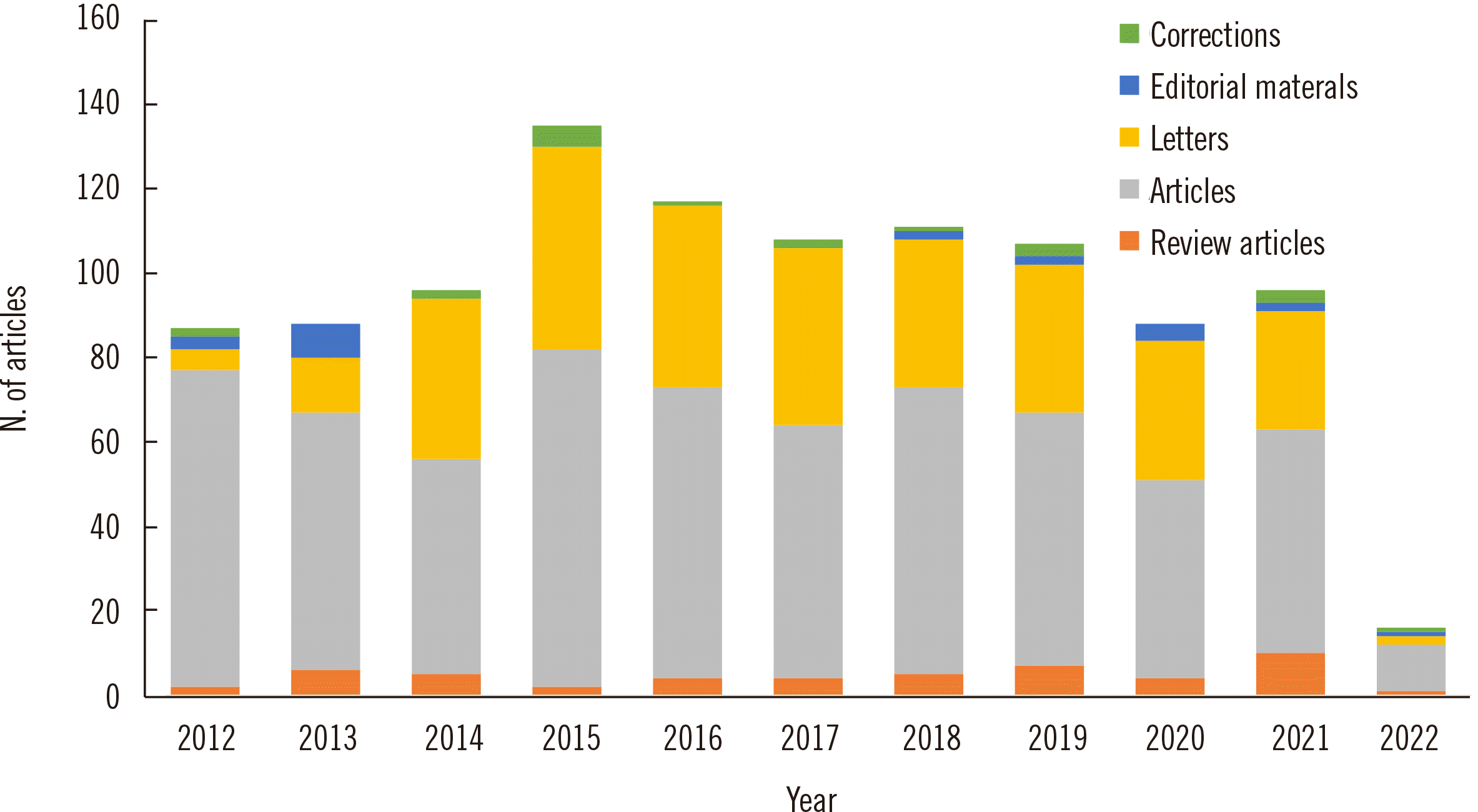
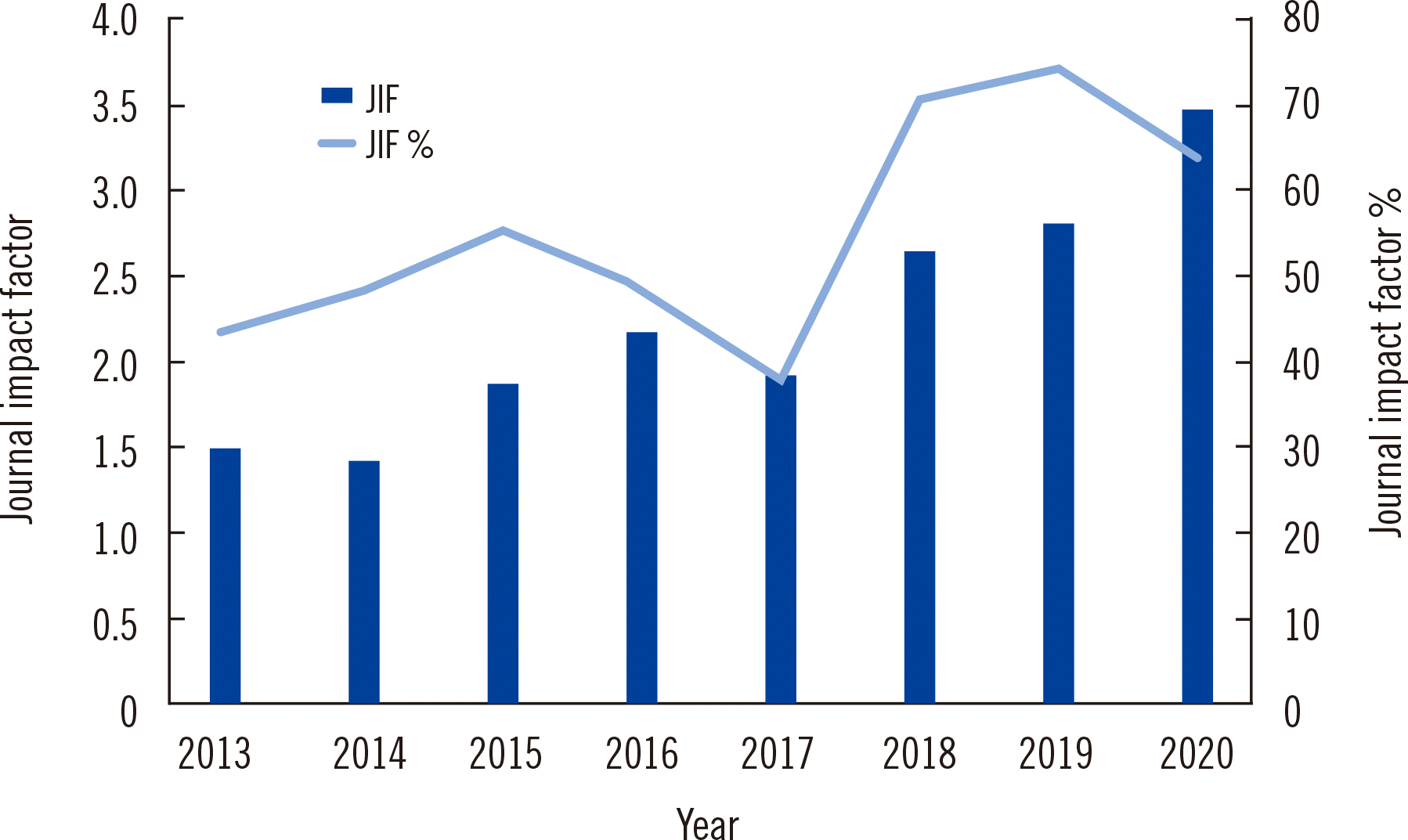
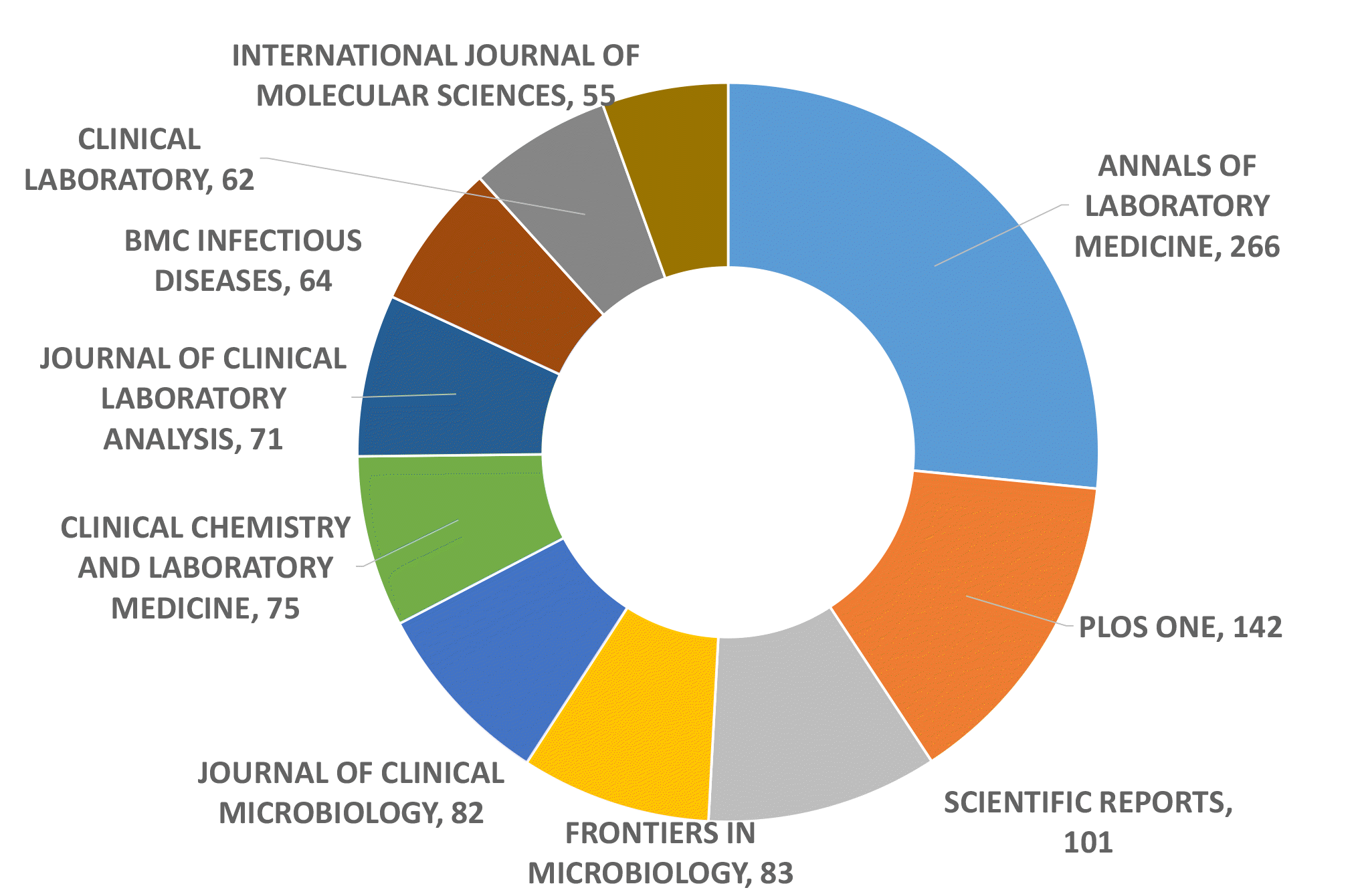
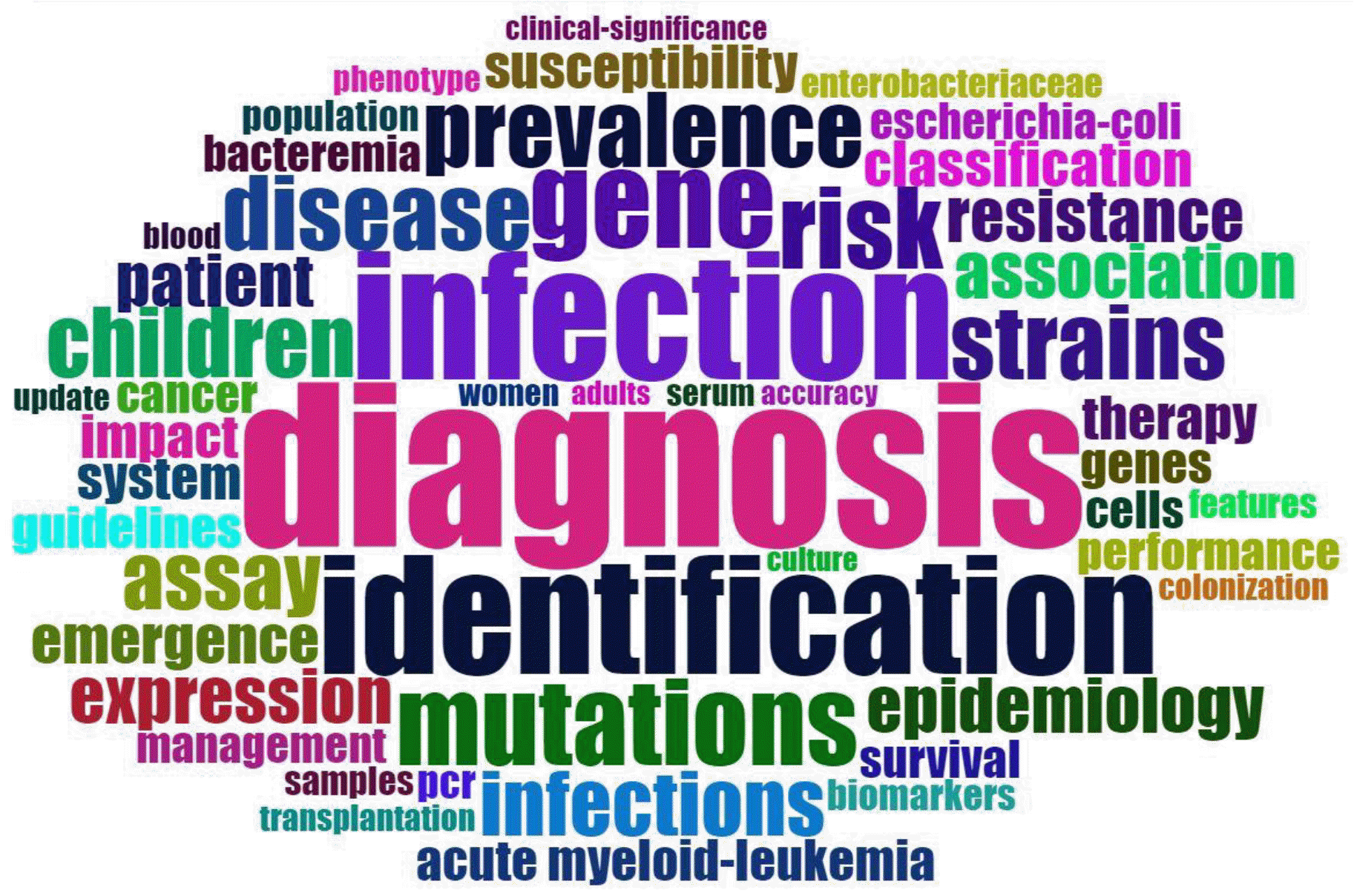
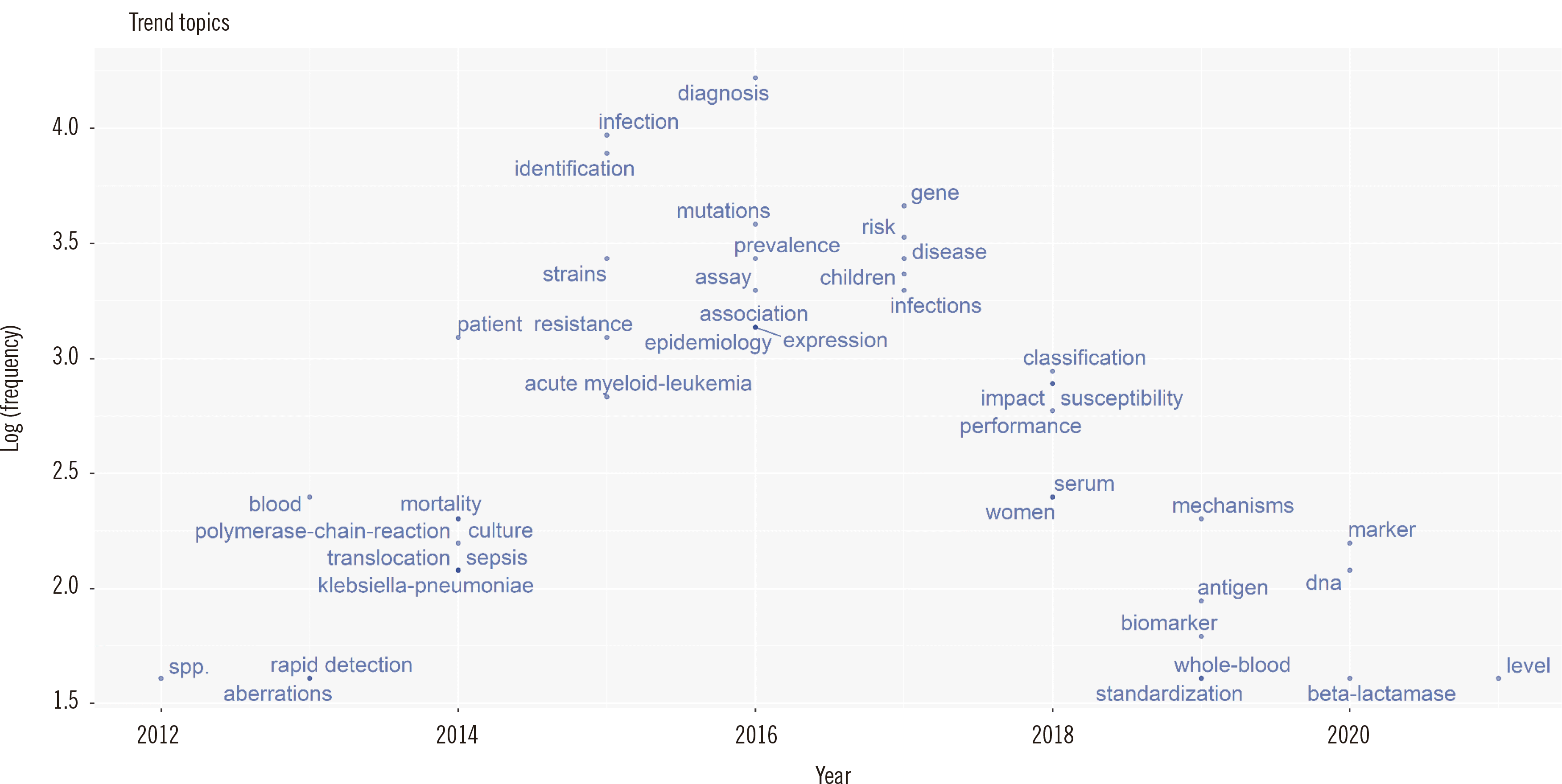
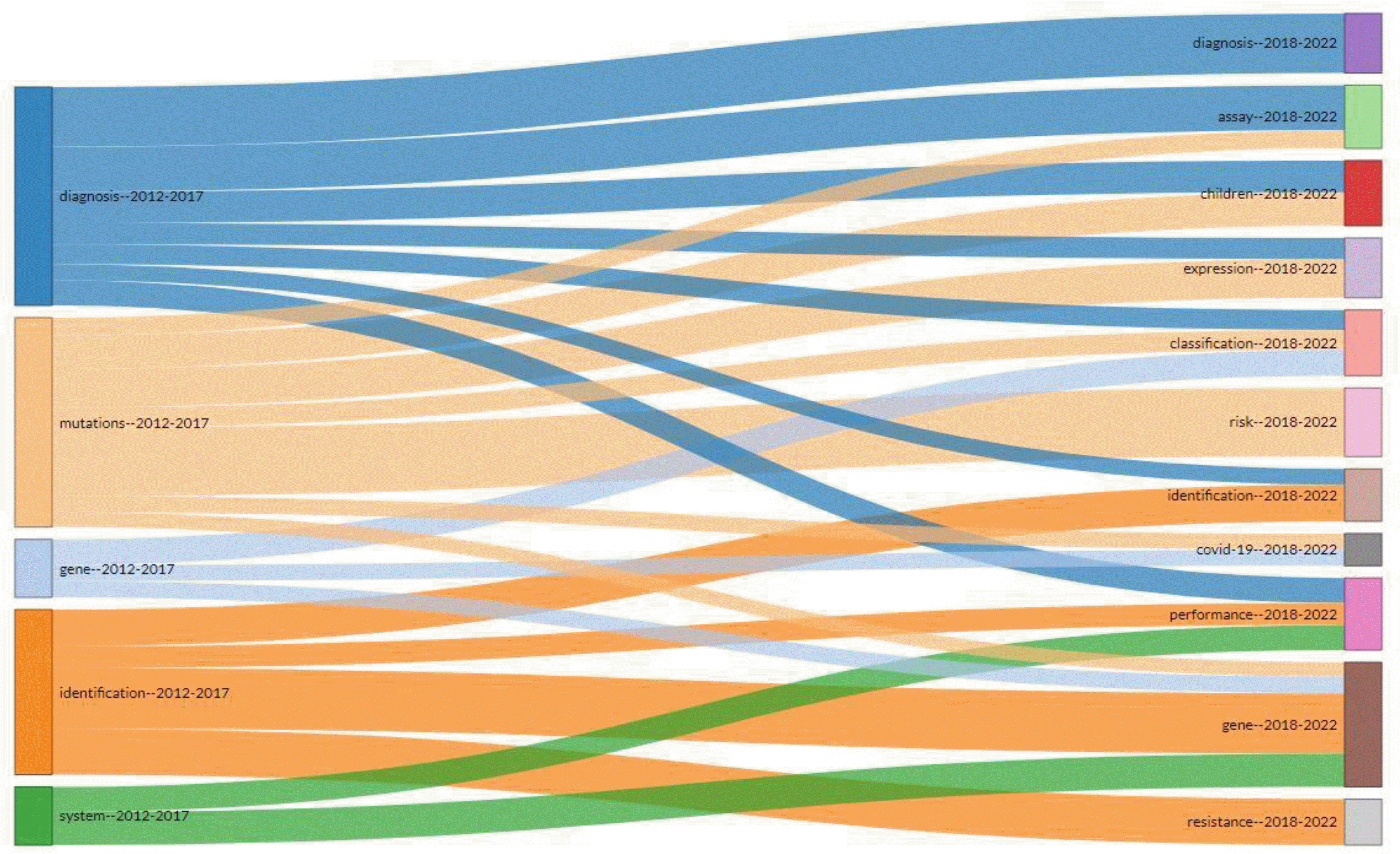
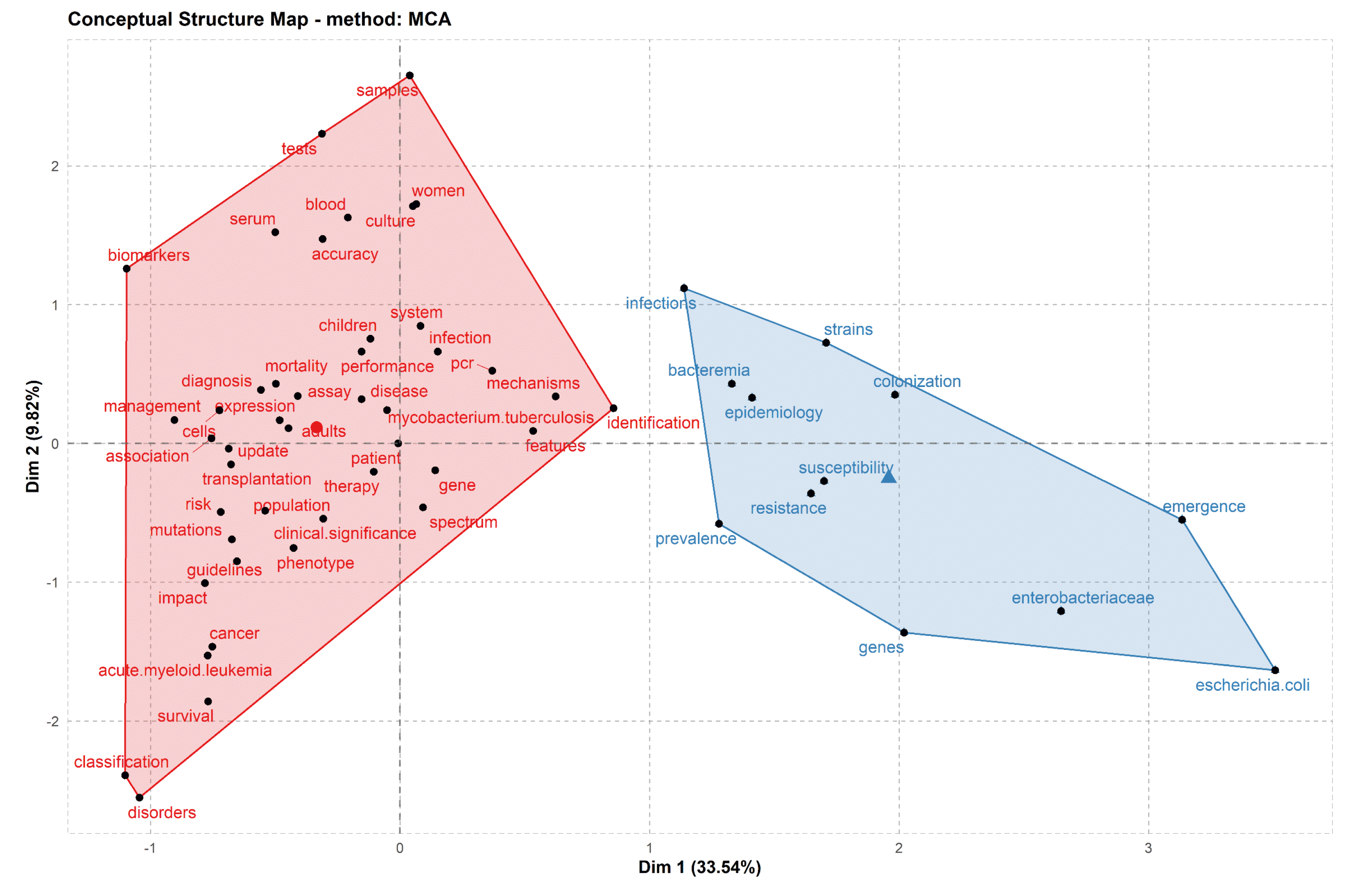

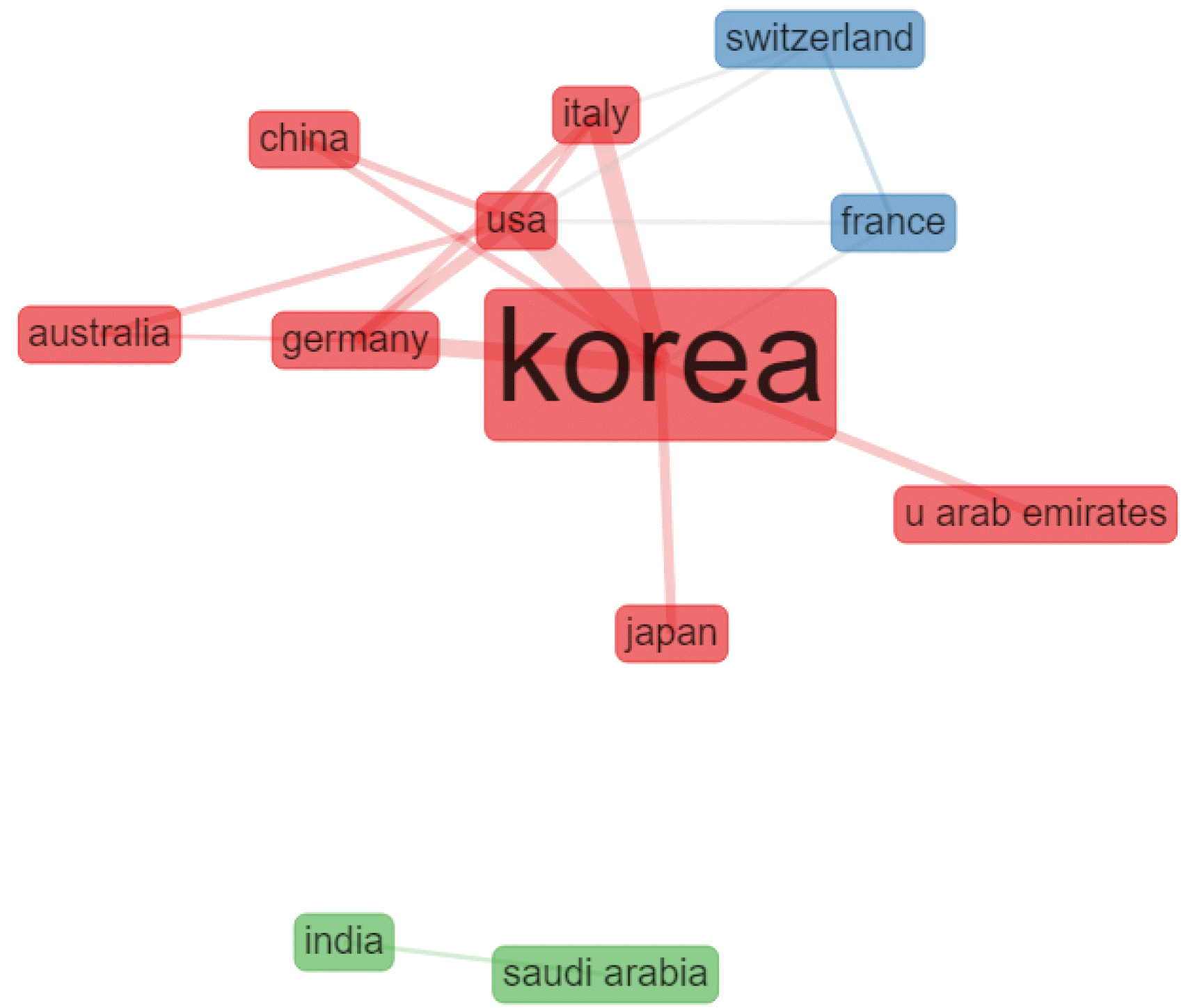
 XML Download
XML Download